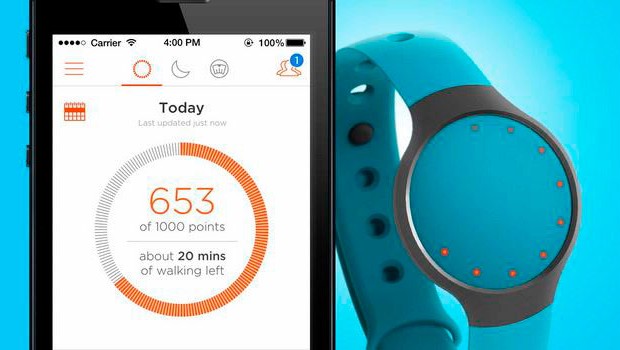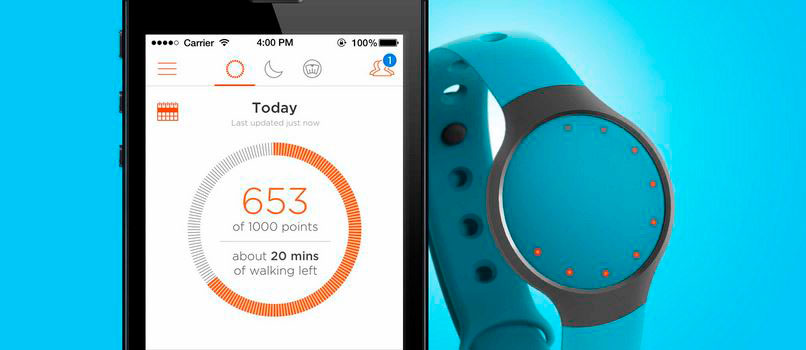Wearables Are a Win for Both Insurance Companies and Their Customers
The insurance industry in the risk management business. Historically, that meant crunching number and laying odds. But wearable technology is allowing insurers to incentivize behaviors that positively influence those odds. This is a potential win/win scenario for insurers and customers alike.
John Hancock set a goal of actively encourage positive behaviors, such as being more physically active and getting flu shots. Recently, they partnered with Vitality to begin rewarding healthy behaviors in conjunction with the use of Fitbit wearable tracking technology.
The basic concept is that rewarding and encouraging certain behaviors is a way to help keep costs down for the insurance company while enhancing quality of life and longevity for the customer. Customers expressed willingness to participate in such a program on the condition that the program had to be as convenient and easy to use as possible.
This is where wearable technology comes into the picture. It allows tracking to happen on the fly. It also has a secondary bonus of avoiding the inevitable pitfalls involved in self-reporting. There is no need for anyone to remember to log into a website and enter data. The data is tracked and analyzed for them with analytics tech like OLAP reporting. There is also less opportunity for customers to fudge the data in order to access the lower premiums offered for meeting certain criteria.
The company also went to pains to assure customers that their data would not be shared or resold. In addition, the customer has control over what data they share and the company is only tracking relevant data, such as number of steps taken in a day, and not tracking unnecessary and potentially intrusive data, such as where they walked to rack up their daily quota of steps.
There are three basic levels of participation based largely on physical fitness activity. The lowest level starts with taking 5000 steps per day as tracked by a Fitbit device. The next level requires participants to take at least 10,000 steps per day. The highest level requires 15,000 steps or more per day. Additional points can be gained for activities such as getting an annual screening or flu shot.
The primary reward is a discount on the cost of life insurance coverage. Over the life of the policy, this can add up to tens of thousands of dollars, assuming the customer participates consistently. Participants only continue to get the discount if they continue to meet the fitness criteria required for each level of discount.
Those who reach 3,500 points are granted silver status, resulting in a discount on their premiums of approximately 5 percent. At the 7,000-point level they are granted gold status and a 10 percent discount. At 10,000 points, they are granted platinum status and a premium discount of 15 percent.
In addition to the discount on insurance premiums, participants can get other rewards, such as rewards from retail partners, including Starbucks and Apple. The program is intended to function similar to other rewards programs, like frequent flier mile rewards programs, except for your health.
Many Americans are out of shape and “older” than their chronological age. This has direct bearing on how long they are likely to live. Life insurance products pay out at the end of a person’s life, so helping customers liver longer helps increase the profit margin for the insurance company. They are directly rewarding those customers willing to actively work on lowering their personal risk and proving it by tracking it. This puts money back into the pockets of consumers while helping them stay healthier, long. It is hard to find any criticism for such a model, that benefits all parties so beautifully.
Unsurprisingly, most insurers (63 percent) expect wearable technology to transform the industry. Industry insiders are predicting widespread adoption of such practices.
This program was beta tested first in similar programs in other countries, such as Singapore and Australia. Data from those pilot programs indicates that not only are customers reducing their insurance premiums, they are also seeing a notable reduction in health risk factors.
The hope is that programs like this one will help revitalize the flagging life insurance industry, which is seeing a 50-year low in household participation. During economic downturns, insurance policies that are not seen as having an immediate payoff tend to get dropped by consumers looking for ways to trim their budget.
Wearable tech is joining a raft of tech trends transforming the insurance industry. One of the earliest changes involved offering multiple types of life insurance available for purchase online. More recently, big data is big news. Wearable tech intersects with the use of big data, yet is a separate trend in its own right.
This is one of the more obviously positive trends for consumers. Who wouldn’t want free help with meeting fitness goals and a price break on insurance to boot?
















